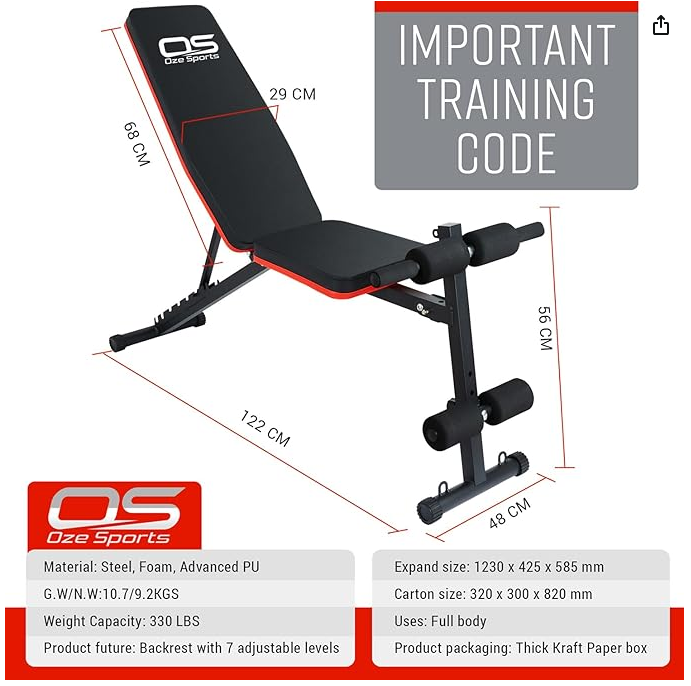The Rise of Virtual Reality in Sports
 Adjustable Weight Bench - Utility Incline Decline Flat Foldable Bench Press sit up for Full Body Workout Home Exercise Gym Equipment – 7 Adjustable Positions & 2 Training Straps
Adjustable Weight Bench - Utility Incline Decline Flat Foldable Bench Press sit up for Full Body Workout Home Exercise Gym Equipment – 7 Adjustable Positions & 2 Training Straps
In recent years, virtual reality (VR) technology has been making waves in the world of sports. From training to fan engagement, VR is revolutionizing the way we experience and interact with sports. Let’s take a closer look at the rise of virtual reality in sports.
Training
One of the most significant impacts of VR in sports is its use in training. Athletes can now immerse themselves in realistic simulations to practice and improve their skills. Whether it’s visualizing game situations or refining techniques, VR training is becoming increasingly popular among athletes and coaches.
Fan Engagement
VR is also changing the way fans experience sports. With VR headsets, fans can now feel like they are right in the middle of the action, whether it’s courtside at a basketball game or on the sidelines at a football match. This immersive experience is taking fan engagement to a whole new level.
Injury Rehabilitation
VR technology is also being used in the rehabilitation process for injured athletes. By immersing themselves in virtual environments, athletes can work on their physical therapy in a more engaging and interactive way. This not only speeds up the recovery process but also keeps athletes motivated during their rehabilitation.
Data Analysis
Another area where VR is making a big impact in sports is data analysis. Coaches and analysts can now use VR to visualize complex data sets and gain new insights into player performance and game strategies. This use of VR is helping teams make more informed decisions and improve their overall performance.
Spectator Experience
Virtual reality is also enhancing the spectator experience. With VR live streaming, fans can watch games from multiple camera angles and even feel like they are sitting in the stadium. This level of immersion is changing the way we watch sports and bringing fans closer to the action than ever before.
Future Outlook
The future of virtual reality in sports is bright. As technology continues to evolve, we can expect even more innovative applications of VR in the world of sports. From training and fan engagement to injury rehabilitation and data analysis, VR is revolutionizing the way we experience and interact with sports.
In conclusion
Virtual reality is no longer just a futuristic concept – it’s a game-changer in the world of sports. With its ability to enhance training, engage fans, aid in injury rehabilitation, improve data analysis, and elevate the spectator experience, VR is transforming the sports industry in exciting ways. As VR technology continues to advance, we can only imagine the endless possibilities it will bring to the world of sports.

